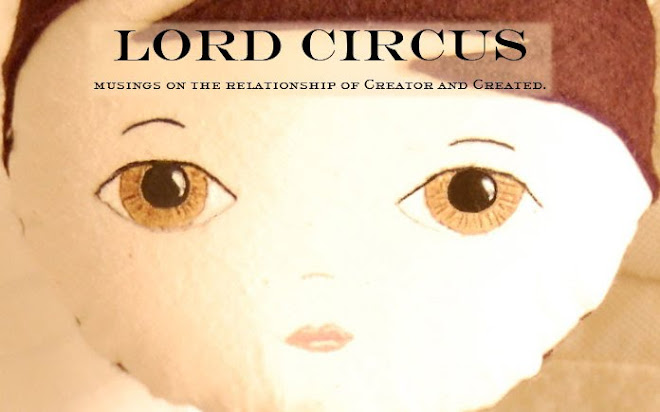
(I was amazed to rediscover the subtitle . . . )

I ordered it at my local library and eagerly waited to be notified of its arrival. I sat in horrendous traffic at 4:45pm hoping and hoping that the library didn't close at 5:00. I dashed in, only to discover that I couldn't find my name on the pile of reserved books. Luckily, that was only because my reserved book was over-sized and, thus, it was on the over-sized book shelf and not filed alphabetically. With book in hand, I made it quite easily home to read. . .

"What is REAL?" asked the Rabbit one day, when they were lying side by side near the nursery fender, . . . "Does it mean having things that buzz inside you and a stick-out handle?"
"Real isn't how you are made, " said the Skin Horse. "It's a thing that happens to you. When a child loves you for a long, long time, not just to play with, but REALLY loves you, then you become Real. . . . once you are Real you can't become unreal again. It lasts for always."
****
Is it only children that can make things real? The Skin Horse seems to imply that realness must come from the love of a child. It would seem from my previous post that children certainly have a specific way of making things real. The immediacy of the imaginative relationship clearly makes the toy real to the child in the moment. But even in my own experience the realness imparted to a toy in childhood lingers on into adulthood. Here, I think it is important to introduce my bear, Rar-Ray.

Rar-Ray is not really a bear. He is a wolf in grandma's clothing, although the clothing is long gone. He didn't spend much time wearing those clothes, anyway. Mostly he wore an old diaper cover that my mom didn't need anymore. He wasn't even really my bear. Rar-Ray was given to my younger brother when he was born, but being that my brother was too small to take care of Rar-Ray, I quickly stepped in to take charge. I gave him his name. I decided he was a bear. I loved him until his fur looked like canned tuna fish and his eyes fell out. I don't really remember the games we played, but I certainly did my job, and it is just as the Skin Horse says, "It lasts for always".
It is so interesting to me that even as an adult I can recognize that realness was imparted even though it may be the case that adults cannot impart that realness. I think it is also interesting that in the example of my relationship to Rose, even in the midst of loosing the ability to impart realness it wasn't the toy's realness that was in question, it was only the knowledge of how to interact with that realness that was missing.
















